Diving In
Skydiving is a daring extreme sport that has risen in popularity over the years. Due to improved equipment, higher safety standards and new skydiving facilities opening, this sport has a new ease of access to the public. There are 40,000 people who skydive on a professional basis annually, however only 13 percent are women. Skydiving has become a male dominated sport. Despite facing adversity in this field, ladies are stepping up and finding their footing in this extreme world.
History of Women in Skydiving
Women in Skydiving
Since the beginning of this sports’ existence, women have been participants, however they still represent the minority group. This can all be tied back to confidence levels, according to Laura Golly, an avid skydiver and employee at LG Marketing, a marketing service for skydiving drop zones.
“Women tend to lack confidence, they are often told by male instructors starting off that skydiving will be hard as a woman. Once a woman has a negative experience during a jump, future progression is often stalled,” Golly said.
“I know women who have been passed over for jobs because of sexism, women who have dealt with sexual harassment by male jumpers or drop zone staff and women who have been told ridiculous things like girls can’t fly parachutes. There is definitely a pervasive stereotype that women are less capable at parachute or piloting than men,” Courtney Lee said, manager of Women’s Skydiving Leadership Network and a professional skydiver and coach.
According to several female skydivers, they feel as though they constantly have to prove themselves, despite years of experience and rank.
“It is a battle moving forward no matter where you stand. There is a lot of self doubt and judgment from others along the way,” Golly said.
Due to this gender dynamic, numerous women’s organizations have been established to empower females in skydiving.
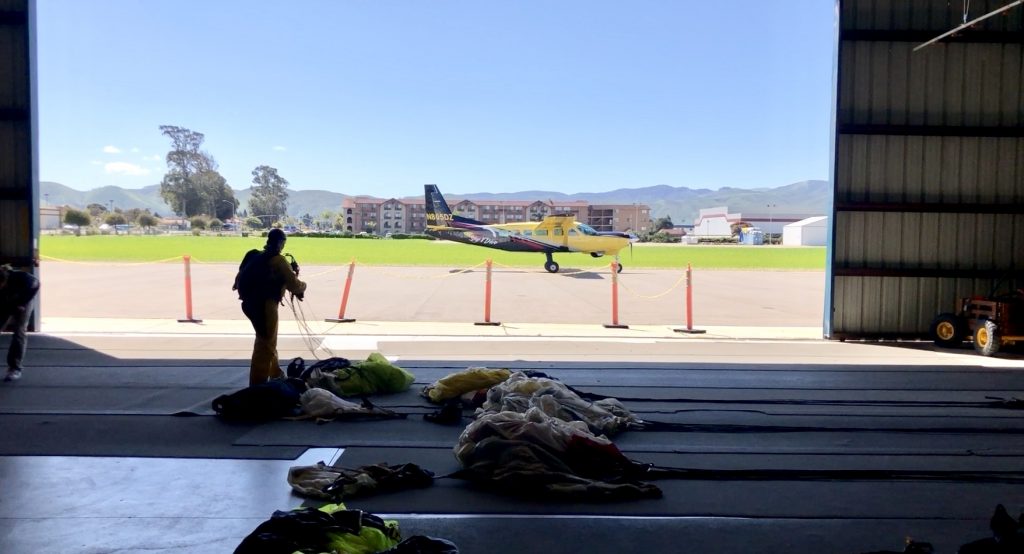
Women’s Skydiving Leadership Network is an organization of over 2,000 women that come from all over the world and work together to act as role models, mentors, and strive to increase the number of women in this sport. Efforts are put towards providing women with opportunities for training, networking and fellowship as well as giving out scholarships, hosting events and organizing traveling mentors to meet with incoming female skydivers.
“We’re helping women earn their instructional ratings so they can work in the sport,” Lee said. “Only four percent of tandem instructors are women, so we’re working on changing that! Every woman who takes one of our ratings courses will get a scholarship to help defray the costs. With all these efforts combined, we hope that we can both attract more women to the sport,” Lee said.
Sister’s in Skydiving is the United States Parachute Association’s female mentorship program that pairs students or novice female jumpers with experienced women skydivers at their local drop zones to provide moral support, encouragement and guidance. This program allows for less intimidation to be felt and a strong role model to be established.
“This organization has created such a nice camaraderie among us female skydivers. It is more about forming friendships than competing with one another which is great,” Golly said.
Female Skydiving Instructors Network was established to support skydiving women on the pursuit of receiving instructional ratings. It began as a site offering specific courses tailored for women, and has now become a whole network for women instructors and skydivers, whether they are first time jumpers or experienced ones.
Jen Sharp, co-creator of Female Skydiving Instructors Network, as well as a former drop zone owner and avid skydiver said the sport “has evolved more into a network for the public to find female tandem instructors now. I have requests all the time from women who for religious or other reasons cannot skydive with a male instructor. It also is a repository for some inspiring articles.”
This network has really allowed for change to take place within the world of skydiving.
“I used this platform to first just tell my own story, and how even being small, I was able to be a tandem instructor,” Sharp said. “That inspired others to get their ratings, and then I began to tell their stories as well. I have tons of techniques that allow me to do the same job as, say a male instructor, but just a different way. There was just no conversation about it before.”
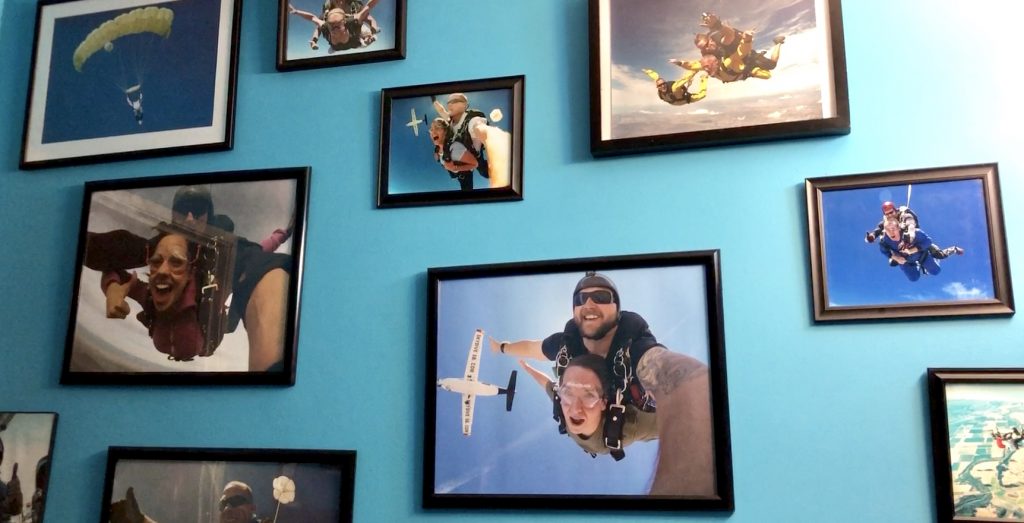
While it is virtually impossible at the moment to find an equal balance between male and females in this sport, given the great percentage difference in participation, Sharp encourages women to work together.
“One of the female gender’s best assets is the ability, actually almost the need to collaborate, cooperate, network, socialize, inspire each other. So, that is mostly what I’m about. Not excluding men, but just finding ways let women’s natural tendencies and different ways of accomplishing the same goals have a place in our sport,” said Sharp.
Psychology Behind Skydiving
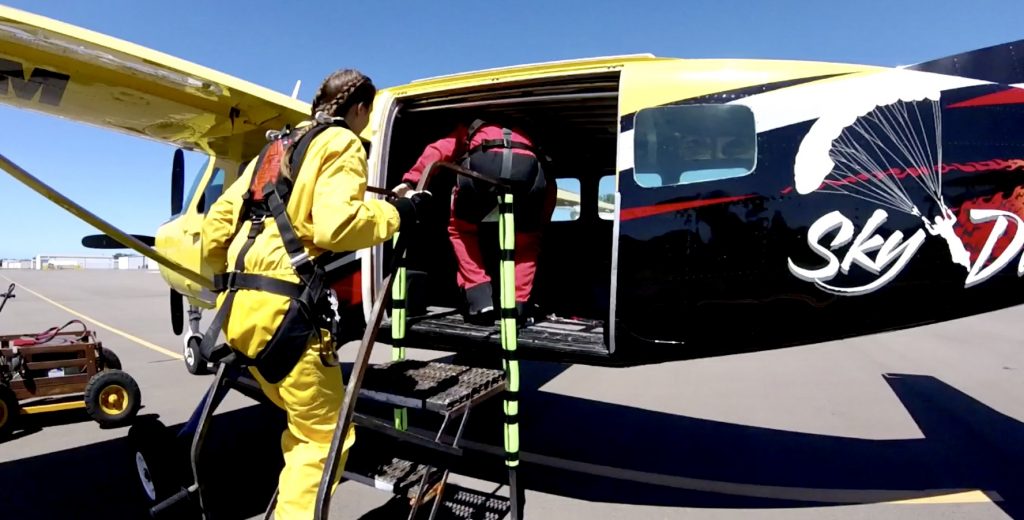
According to the United States Parachute Association the act of skydiving falls into the category of an extreme sport, which can be simply definedas the descent of a person to the surface from an aircraft inflight when he/she intends to use a parachute.
“There’s nothing in the world that makes me feel like jumping does. Skydiving is the most present-focused thing that I do; in other words, I never think about anything except the skydive I’m doing while I’m on a jump. There’s something truly beautiful and refreshing about being 100% focused on the present moment, instead of worrying about the past of the future,” Lee said.
Often for women, participating in these sports can be a form of empowerment and ability to tear down the societal standards separating men and women in equality.
“The actual physical part of skydiving is pretty non-discriminatory when it comes to gender, not like some other sports can be,” Sharp said.
There are apparent risks in skydiving, however they are not as extreme as some may think. Between 2000 to 2016, skydiving had a 1 death per every 100,000 jumps ratio, while annually, 1 in 15,000 died mountain hiking, 1 in 10,000 have died canoeing and 1 in 1,000 have died motorbike racing according to Teton Gravity Research.
Despite these statistics, skydiving is inherently dangerous as you are jumping out of a moving plane back to earth, which defies natural tendencies. There are accidents that can happen in the air with malfunctioning gear, a change in weather pattern, mid air collisions and landing problems.
“There is always going to be some sort of fear in this sport, as there are dangers that come along with it. If you are smart, and thinking clearly when you make your jumps, injury isn’t too much of a concern though,” Golly said.
It is still important to look at why people participate. Bruce Ogilvie, sports psychologist, said some people jump out of planes to escape the realities of daily life.
“Motivation to take risks or do an extreme sport can be as simple as needing to get away, to carve your own path. Risk takers push their physical, emotional, and intellectual limits to escape the tensionless state associated with everyday life,” Ogilvie said.
Among those participating in extreme sports, there is a great consensus that many let fear hold them in place, however for those who participate in these daring sports, they work their fear to their own advantage.
“It is a bottomless opportunity to discover who I am, over and over again. You wouldn’t think something so simple could invoke an endless stream of inspiration, but it does,” Sharp said.
There is still a great discrepancy however between male and female confidence when it comes to participating in these extreme worlds. When surveyed about their personal confidence in ability after skydiving 50 times, 30 percent of men felt they were fairly secure in their ability whereas only 13 percent of women felt confident according to Blue Skies Magazine. Even after 1,000 jumps, 30 percent of women stated they would never be confident in their own personal ability to skydive while only three percent of men felt this way.
Business Perspective
Pursuing skydiving professionally is an expensive undertaking. Simply to begin jumping on your own without supervision, an A license is needed. This requires one to complete a minimum of 25 jumps, coinciding with requirements put forward by the United States Parachute Association. This can be quite a learning curve as there are 10 levels within the requirements, which must be passed to move forward. All of these require close work with a professional skydiver, and as noted early do not come cheap. To receive an A license you are looking at paying about $2500 to $2700 depending on what part of the country you are in.
The A license is simply the bare minimum. To actually be an instructor and receive all ratings, a D license must be acquired, which means completing a minimum of 500 jumps.
It should also be noted that with skydiving comes the cost of gear which can range from $5,000 to $10,000 depending on whether it is new or used.
“Skydiving is NOT cheap, especially when you’re starting out and have to pay for instruction, coaching, gear, etc. The biggest hurdle when entering this sport is definitely finances,” Lee said.
Skydiving competitions are held across the world annually. Ranging from fun local competitions at individual drop zones to the United States Parachute Association Nationals, each competition is full of different categories and opportunities to win varying cash prizes and awards, ranging from $100 all the way up to $10,000 depending on the event.
Through these competitions, contestants are judged through different segments such as accuracy landing, artistic events, canopy formation, canopy piloting, formation skydiving, and test events. Depending on which event is being completed, different skills are required to win, but generally judging has to do with accuracy, control, and being able to complete tasks previously outlined within a specific time frame. Contestants must be able to follow judges’ rules as closely as possible and make little deviations from planned courses in order to successfully place and win in a competition.
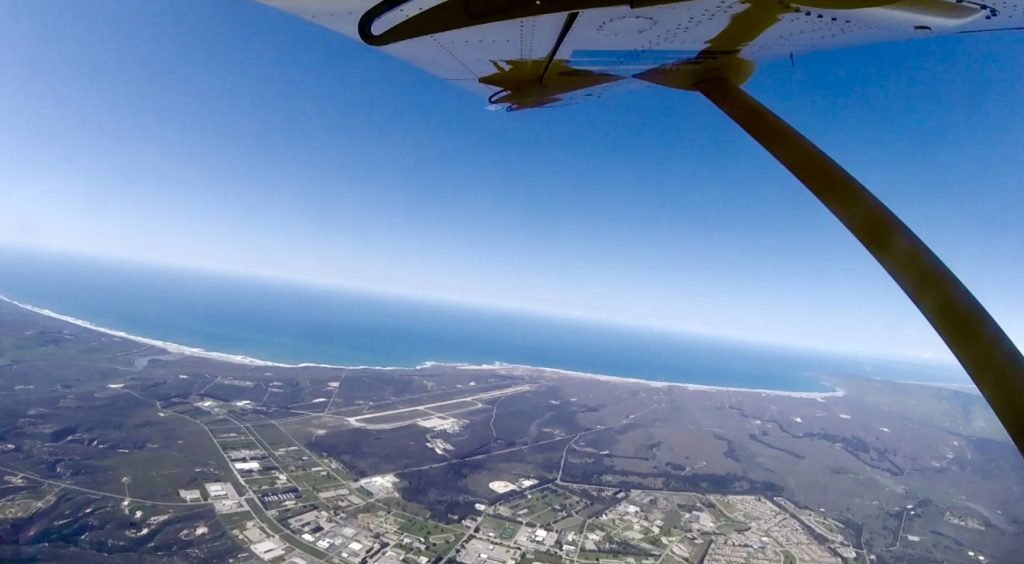
It is possible to make a decent living in this sport. Skydiving instructors make from $18,000 to $30,000 a year but can make additional money through sponsorships. Due to the vast increase in social media, skydivers can post videos of themselves and receive sponsorships from companies such as Redbull, Monster, Telecom and various skydive gear manufacturers such as Aerodyne, Wicked Wingsuits and DeepSeed. Within these sponsorships the athletes are either paid for posting videos of themselves wearing patches with the companies name, or simply wearing gear from the company. Many of these sponsorships are also simply on a gifting basis, meaning they are giving out free gear and equipment.
“Working in the industry is not always glamorous or lucrative, but it’s always challenging, interesting, and fun and to me that’s what matters. I couldn’t be happier to be on this career path and I can’t wait to see what the future holds,” Golly said.
Despite difficulties women have dealt with in this sport, they have managed to pursue on and become successful within this niche market.
“To me, adversity and challenges help refine my skills, make me even better. You can grasp a knife by the blade, or the handle, your choice. I actually like being an underdog, being under estimated. It allows me to use my own way of doing something to really wow the naysayers,” Sharp said.
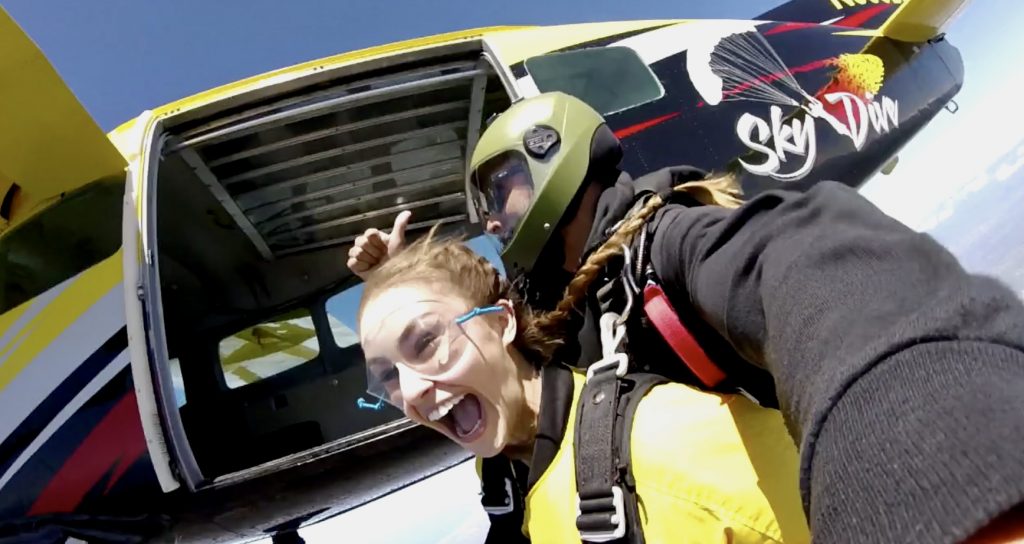
Created By: Peyton Lochead
USC Annenberg 2019
 1483
1483  1797
1797  1799
1799  1815
1815  1913
1913 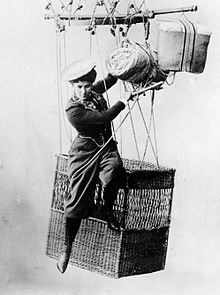 1914
1914 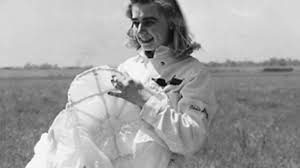 1942
1942  1946
1946 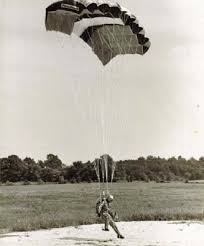 1951
1951 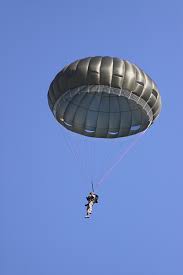 1955
1955  1972
1972  1986
1986 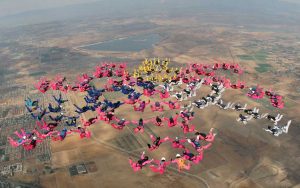 2005
2005  2010
2010 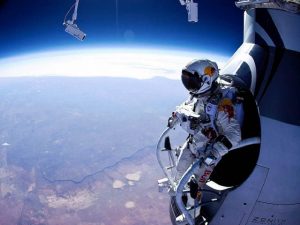 2012
2012 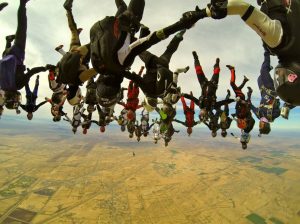 2013
2013  2014
2014 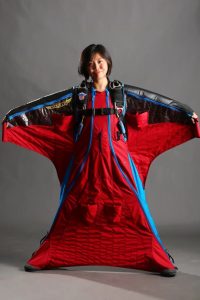 2017
2017 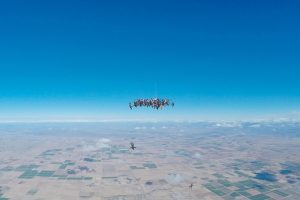 2018
2018  2020
2020